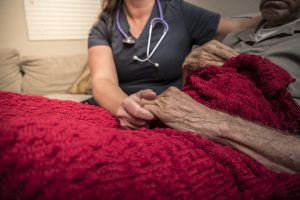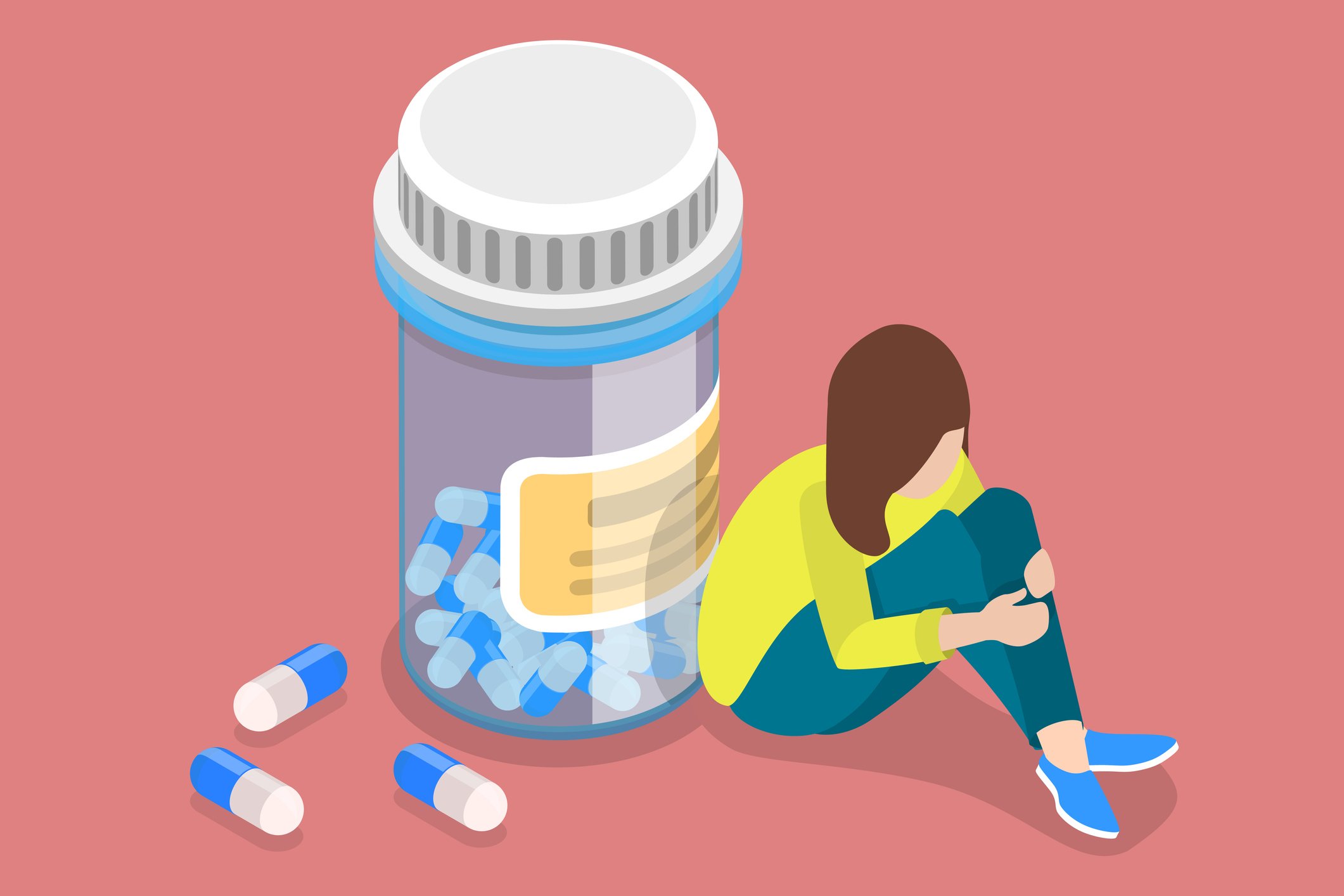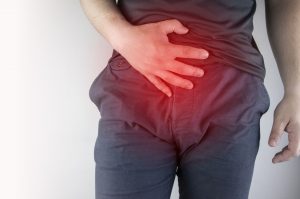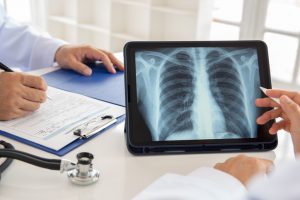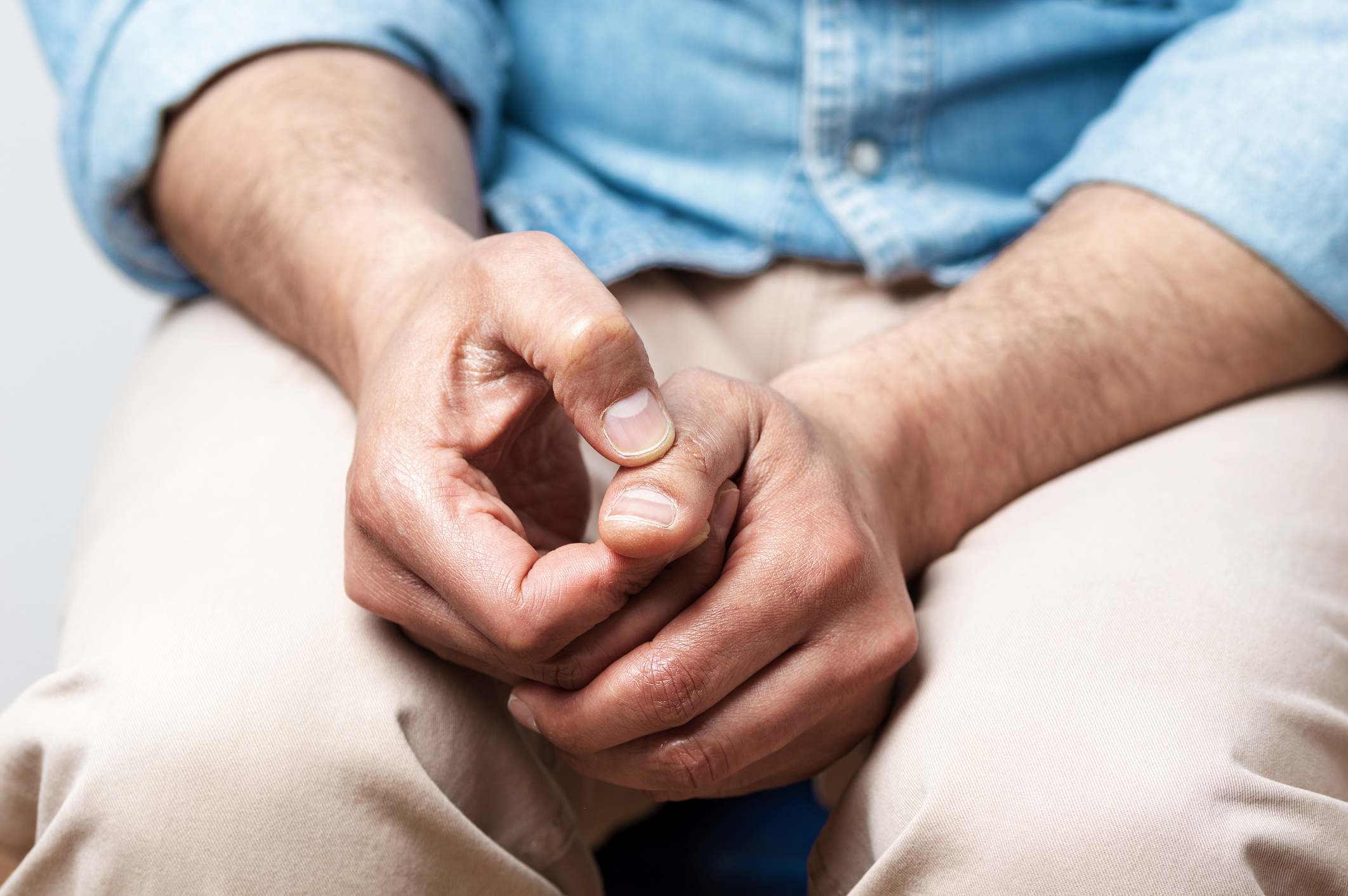 Psoriasis and dandruff are both skin conditions that can affect the scalp and result in similar symptoms such as itchiness, redness, or flakes.
Psoriasis and dandruff are both skin conditions that can affect the scalp and result in similar symptoms such as itchiness, redness, or flakes.
While there are similarities in dandruff and psoriasis, there are also significant differences between the two.
Dandruff (a mild form of seborrheic dermatitis) is only restricted to the scalp. It can be caused by dry, irritated, or oily skin, sensitivity to hair products, skin conditions such as eczema, or Malassezia which is a type of yeast.
Dandruff is not long-lasting, and symptoms tend to go away with treatment. This condition is often treated by using over-the-counter medicated shampoos, antifungal solutions, or a topical corticosteroid.
Psoriasis is a chronic (long-lasting), auto-immune disease. It can affect multiple parts of our bodies including the scalp. Unlike dandruff, scalp psoriasis can spread from the scalp to the face, neck, inside, and behind the ears.
Psoriasis develops when the immune system instructs skin cells to regenerate much quicker than normal. This results in the formation of scales and red patches. In addition to redness, itchiness, or flakes, symptoms of scalp psoriasis can include silvery-white scales, burning sensation, or soreness, all of which can lead to temporary hair loss. These symptoms come and go.
Mild cases of scalp psoriasis can be treated with over-the-counter ointments, medicated shampoos, gels, or oils that contain salicylic acid or coal tar. However, more severe cases often require prescription treatments such as topical steroids, antimicrobials, or biologics. There is no cure for psoriasis, but it can be managed with the help of a dermatologist.
If you are experiencing symptoms of dandruff or psoriasis and over-the-counter treatments are not working, it is recommended that you see a doctor. You should also see a physician if you have noticed any changes in your skin.
To schedule an appointment with a doctor at Flushing Hospital Medical Center, please call 718-670-5486.
All content of this newsletter is intended for general information purposes only and is not intended or implied to be a substitute for professional medical advice, diagnosis or treatment. Please consult a medical professional before adopting any of the suggestions on this page. You must never disregard professional medical advice or delay seeking medical treatment based upon any content of this newsletter. PROMPTLY CONSULT YOUR PHYSICIAN OR CALL 911 IF YOU BELIEVE YOU HAVE A MEDICAL EMERGENCY.



